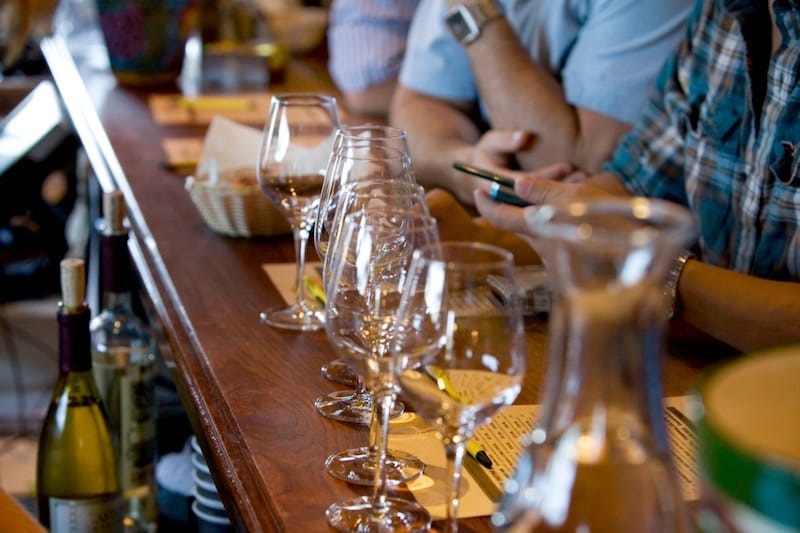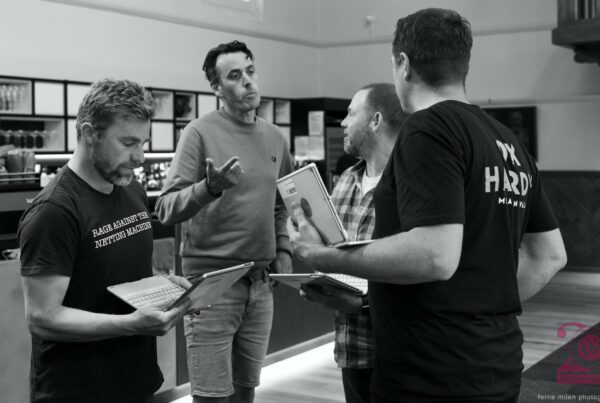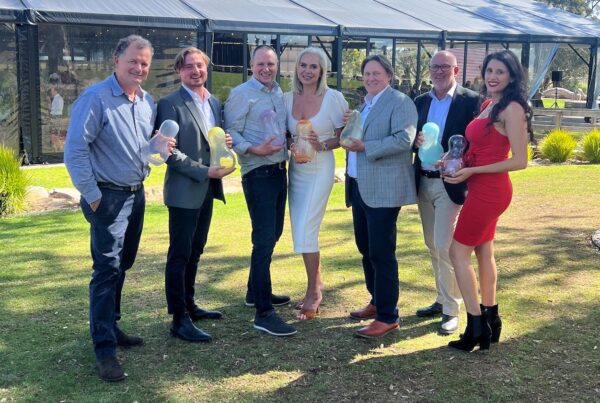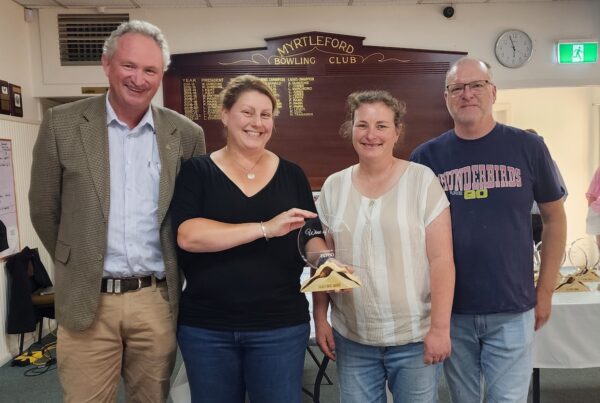
The Marananga Wine Show is a lot like a Jack Russell terrier. Small and engaging – entertaining even – but you don’t want to be stuck with a hundred of them.
The Maranaga Wine Show is Australia’s only subregional wine show, another entry on the long list of the Barossa Valley’s unique quirks.
Its origins are more ecclesiastical than most.
It started out as a bit of inhouse competition among the winemaking parishioners of the Lutheran parish of Gnadenfrei, and although it has now expanded to allow entry to the less pious members of the Marananga community, it still takes place in the hall behind St Michael’s church, silently overseen by the headstones of those who have gone to their judgement, leaving behind names that appear on many of the bagged up bottles awaiting theirs.
This year, for my sins or theirs, the Marananga Wine Show committee asked me to chair their little show, alongside judges Corey Ryan and Jane Faulkner and a particularly impressive associate in Vanessa Lambert, who not only judged like a seasoned pro but also managed to work it around several breastfeeding sessions for a hungry baby.
The show marked two minor historical milestones – the first time I’d chaired a wine show and the first time two Ryans had ever been inside a Lutheran church hall.
To the surprise of some, neither caused the sky to fall in.
I’ve always said the real attraction of regional wine shows for the unpaid, time-poor judge is the opportunity to get a read on the region and come away from a few days judging with a deeper understanding of the place than when you went in.
It’s why I think they’re really important and gladly give up time to do them.
So applying that theory to a subregional show should mean the magnification of the microscope gets dialled up a notch, the pixels multiply, the resolution gets sharper and the landscape is viewed in HD.
It does.
Spending the day judging wines made solely with fruit grown along the Barossa’s western ridge provides a level of detail on the place that the piecemeal tasting of the district’s wines over the course of a working year never could.
You see the challenges that rampaging ripeness can create along the Barossa’s western slopes – leave it too late and you spread the wines on toast, lose your nerve and the wines are soulless approximations of what they could be.
But you also see what can be achieved in well set up vineyards operated by vignerons who know their patch intimately.
Throughout the course of the judging day, an impressive number of red wines pushed themselves forward and they shared a common thread: depth of flavour, a pleasing plushness across the palate, a certain suppleness of tannin, and firm finishes redolent of red dirt and old rocks.
When you’re judging within such a tight regional framework, these common threads become important and apparent.
Varietal character might present some differences of façade but the best wines shared a common internal architecture.
It’s the fascinating thing about such a narrowly focused wine show, and while you’re doing it, you find yourself thinking, “Wouldn’t it be great if we could segment all our regional wine shows like this?”
And then you realise what a nightmare that would actually be.
With a national wine show calendar that carries 70-odd entries as it is, the idea of subregional wine shows is both noble and nightmarish.
If the Marananga model was replicated in the Barossa alone, we’d need the already stretched human capital to voluntarily run another six shows at least.
As interesting as it would be to have wine shows through the Yarra focusing of Gruyere, Hoddles Creek, Woori Yallock and the like, or splitting the Margaret River show into Wilyabrup, Walcliffe, Karridale subregional shows, this system just couldn’t take the strain.
But the next best thing is subregional breaks within classes at existing shows.
I know some shows are doing this for key regional varieties.
When I’ve judged McLaren Vale, judges were given a small tutorial on the Vale’s subregions before the shiraz class and the wines in the class grouped into those subregions.
Judges are not told which are which, just where the breaks within the class will be, but even that extra level of detail improves the judging experience and fine tunes the results.
Every regional wine show committee in the country should be looking at ways they can refine the cartography of their wine shows, how best to drill down into strong subregional characteristics to provide judges with the deepest possible understanding of their palace and their wines.
The Marananga Wine Show may be small but its influence should stretch beyond the shadows of the church steeple at Gnadenfrei.
NICK RYAN is a freelance wine writer. Email nick@nickryanwine.com









it’s not Australia’s only sub regional wine show – there is the Swan valley Wine Show